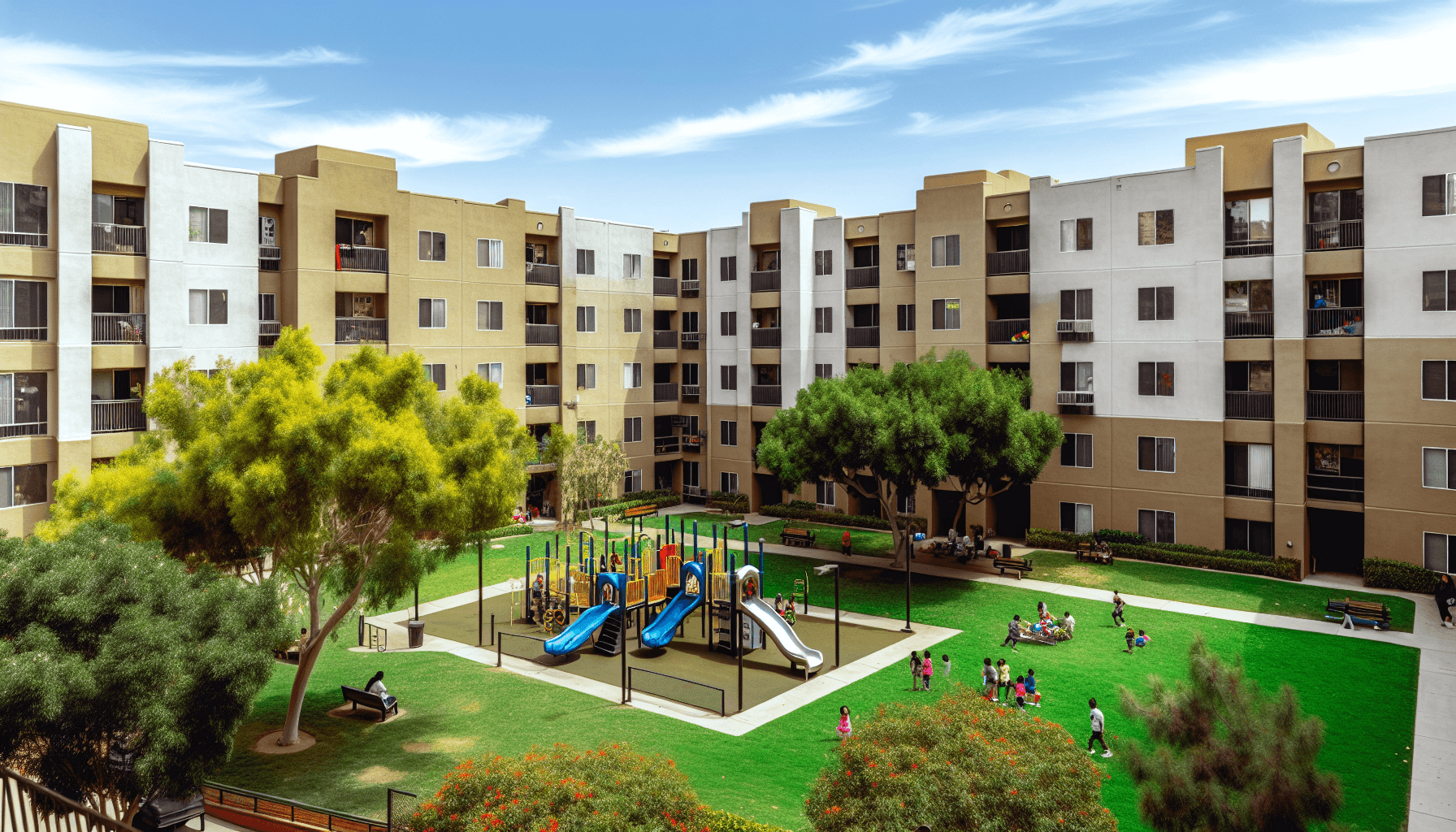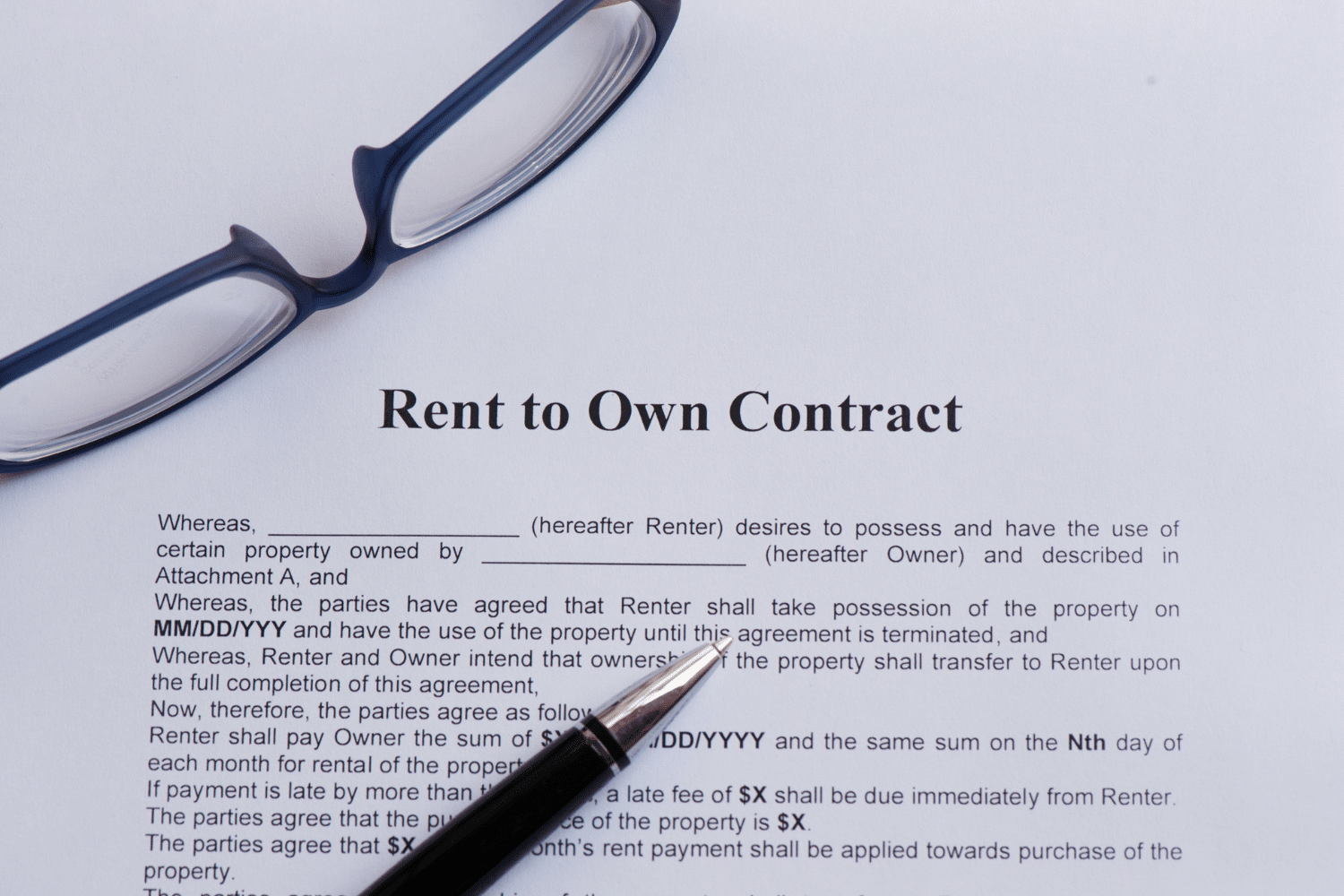Finding ‘affordable housing for low-income families’ is challenging amidst high demand and limited supply. This article provides insights into the available housing programs, strategies for navigating applications, and community resources that can assist in your search for an affordable home. We aim to simplify the complex landscape of low-income housing options and give you the knowledge to pursue adequate and affordable living.
Key Takeaways
- The affordable housing crisis heavily burdens low-income families, who often pay more than half their income on rent, which leaves them with limited resources for other essentials and at risk of financial distress from unexpected events.
- Government programs and housing agencies play a critical role in developing and maintaining affordable housing, helping to shape local housing strategies and provide rental assistance to low-income families, despite facing various challenges and legal constraints.
- Various affordable housing programs cater to distinct needs and are designed to offer financial stability and housing options to low-income families, though funding limitations and long waiting lists still prevent many eligible families from receiving assistance.
Understanding Affordable Housing For Low Income Families
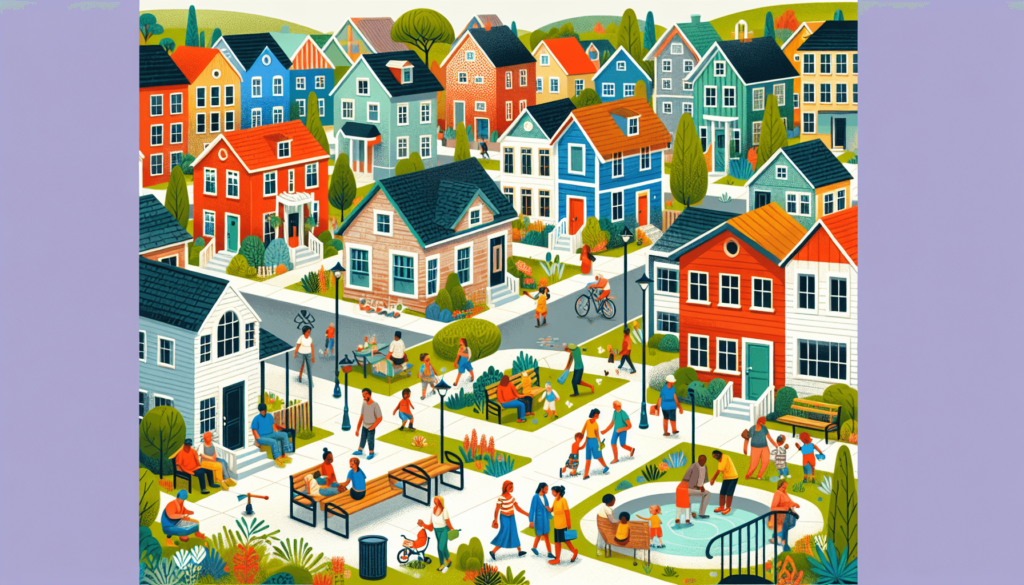
Low-income families rely heavily on affordable housing for their well-being. However, the supply of affordable rental housing is significantly strained, leaving many households overburdened by housing costs. A staggering 9.4 million households without rental assistance are paying more than 50% of their income on rent, or living in severely inadequate housing, leaving them unable to afford more than $694 per month in rent. This dearth of affordable homes exacerbates the multitude of challenges faced by low-income families, impacting their relationships, academic performance, health, and overall quality of life.
A multi-faceted strategy is needed to bridge the housing affordability gap. Beyond rental assistance, it necessitates the development of new units and a diverse array of housing capital investments and actions. However, understanding the gravity of the situation is just the first step. The subsequent sections will delve deeper into the housing crisis, the role of government programs, and practical solutions to ensure affordable housing for all.
The Housing Crisis
Rent prices often exceed what extremely low-income households can afford, creating a need for subsidies to close the gap between income and the operating costs of rental units. This is further compounded by the fact that approximately 6% of federally assisted privately owned affordable housing is expected to lose its affordability restrictions by 2025, threatening the availability of low-cost housing options. The scarcity of affordable single-family homeownership opportunities exacerbates the rental shortage, leading to heightened costs and underscoring the need for programs like down payment assistance for first-time buyers.
The impacts of this crisis extend well beyond housing. As home prices consistently outpace wage growth, families are faced with trade-offs impacting nutrition, education, and healthcare. With the bulk of their income going towards housing, low-income families, such as those led by single minimum wage earners, are left with minimal resources for other essentials, potentially as little as $17 per day. This lack of savings leaves them particularly vulnerable to financial distress from unexpected events like job loss or health issues.
Therefore, tackling the housing crisis isn’t solely about providing shelter; it’s about safeguarding the overall well-being of these families.
The Role of Government Programs
Government programs significantly influence local housing strategies. Local housing agencies collaborate with state policies to either enable comprehensive planning or present limitations to housing development. While these agencies are instrumental in shaping local housing strategies, they must navigate state legal frameworks like Dillon’s Rule and Home Rule, which can limit their powers and ability to enact independent housing policies.
Despite these constraints, some localities have devised alternative strategies to further their housing policy objectives. These methods include imposing housing impact fees or promoting voluntary inclusionary housing policies. Thus, local housing agencies, despite the challenges, persist in their mission to ensure that everyone has access to affordable and safe rental housing.
Types of Affordable Housing Programs
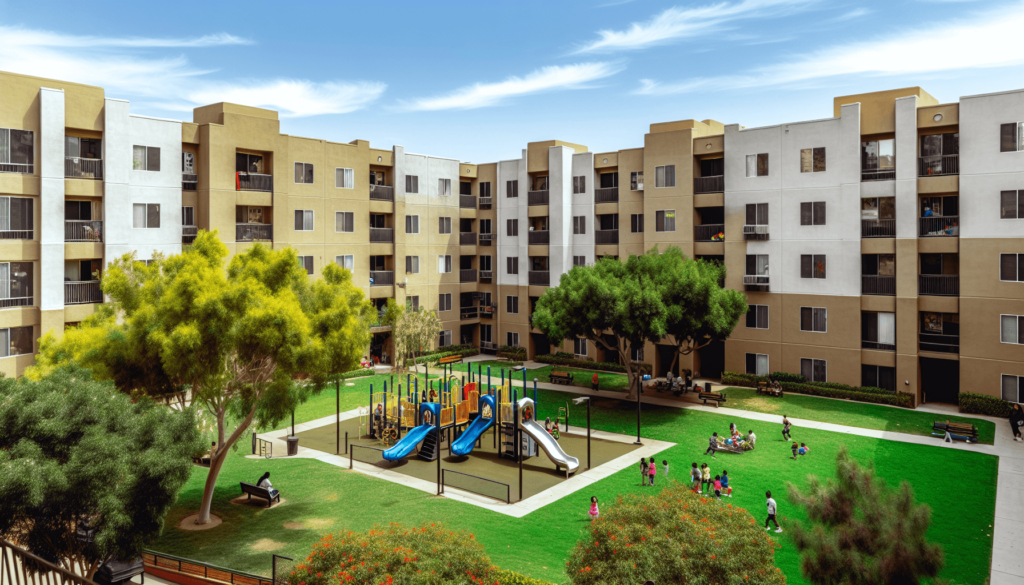
A variety of affordable housing programs are available, each tailored to distinct needs. These programs, which include rental housing and homeownership, offer options for financial stability and community investment to low-income families. The Project-Based Rental Assistance, for example, provides subsidized housing for low-income families in designated developments, while the HOME Investment Partnerships Program grants are used for various affordable housing activities, including direct rental assistance. One such initiative is the Rental Assistance Demonstration, which aims to preserve and improve rental housing options for those in need.
Furthermore, programs like the National Housing Trust Fund primarily support rental housing for extremely low-income families. Funded via an assessment on Fannie Mae and Freddie Mac, it complements initiatives like the Capital Magnet Fund grants, which aim at financing affordable housing and revitalization projects.
In rural areas, the Rural Housing Service programs help individuals with housing needs. Simultaneously, Qualified Opportunity Zone Designations encourage investments in distressed communities to improve housing access. The diversity of these programs ensures that there is a suitable solution for every low-income family’s housing needs.
Public Housing
Public Housing offers affordable living options to eligible low-income families, the elderly, and persons with disabilities. Managed by local Public Housing Agencies (PHAs), public housing comes in various forms, from scattered single-family houses to high-rise apartments for public housing units. Tenants in Public Housing are required to pay subsidized rent, typically capped at 30% of their income, ensuring housing remains affordable.
However, Public Housing, initially aimed at stabilizing housing for returning war veterans, has faced challenges with underfunding over the years. An estimated $70 billion is needed for revitalization to serve the lowest-income families effectively. Nevertheless, individuals who meet the eligibility criteria set by HUD, such as income limits and background checks, can apply for Public Housing.
Using project-based vouchers, these individuals can secure financing for ongoing operating costs.
Section 8 Housing Choice Voucher Program
The Section 8 Housing Choice Voucher Program offers another route to affordable housing, in addition to the public housing program. This program helps very low-income families, the elderly, and the disabled afford decent, safe, and sanitary housing in the private market. Eligibility for this program is determined by the PHA based on annual gross income, family size, and U.S. citizenship status or eligible immigration status. However, requirements can vary by location and demand.
This program allows for a significant degree of tenant-based choice, enabling individuals to choose any housing that meets program requirements. It even provides the opportunity to use a voucher to purchase a modest home under certain conditions. Vouchers cover the difference between the tenant’s contribution and the market rent, empowering low-income families to find housing in a variety of settings. Despite their effectiveness, the reach of housing vouchers is limited by funding, resulting in only 1 in 4 eligible households receiving assistance and lengthy waiting lists.
Low-Income Housing Tax Credit (LIHTC)
Yet another tool in the affordable housing arsenal is the Low-Income Housing Tax Credit (LIHTC) program. This program encourages private investment in affordable housing by providing tax credits to developers. These tax credits serve as an incentive for developers to create affordable rental housing for low-income Americans.
The program is administered by the Internal Revenue Service (IRS) in partnership with state-level housing finance agencies. Developers sell these credits to investors to raise capital for their housing projects, which enables them to offer lower, more affordable rents due to the reduced debt. By leveraging private investment, the LIHTC program plays a vital role in expanding the availability of affordable rentals.
Accessing Affordable Housing Resources
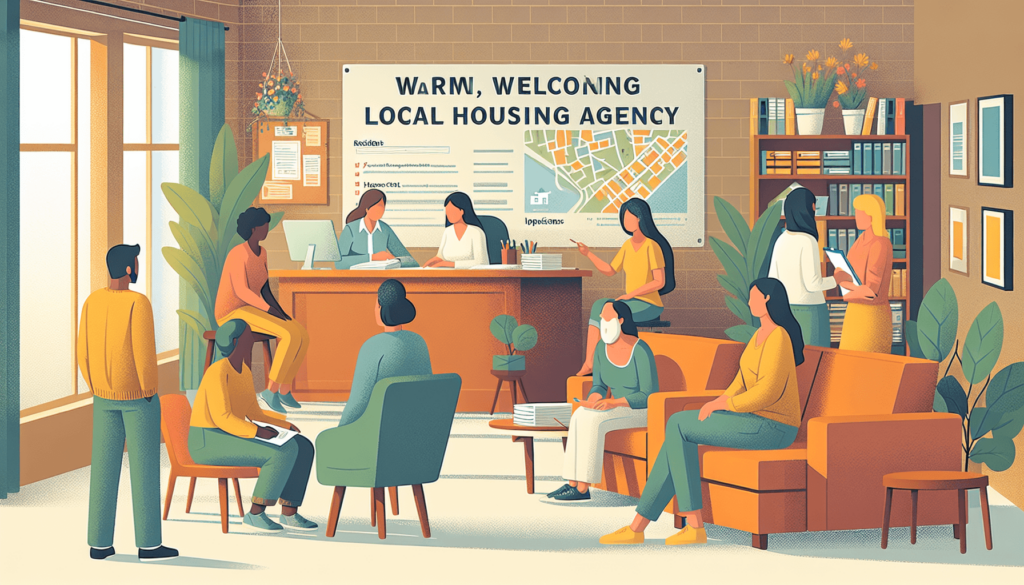
Although the process of accessing affordable housing may appear overwhelming, resources such as local housing agencies and online search tools can assist in navigating the process. It’s important to understand that each property may have different application requirements and possible waiting lists for rental units. However, with the right resources and guidance, it’s entirely possible to navigate through these challenges and secure affordable housing.
You can ask any government-related question for free to get the answer or be directed to where to find subsidized rental housing. Websites like AffordableHousing.com offer a way for renters to find affordable rentals and waiting lists in their area, and apply for free. To apply for subsidized housing, you’ll need to start by using the HUD map to search for participating housing communities and then follow the community-specific application process.
Local Housing Agencies
Local housing agencies are pivotal in augmenting the supply of affordable housing. They do this by engaging in new construction projects and maintaining existing housing stock through rehabilitation efforts.
By actively contributing to the development of affordable housing, these housing agency representatives are instrumental in ensuring that low-income families have access to safe and affordable homes.
Online Search Tools
Online search tools like the Affordable Housing Online Search Tool (AHOST) offer a regularly updated listing of affordable rental properties. This tool is designed to help low-income families find housing by providing listings that are income-restricted to households earning less than 80 percent of the area median family income. These listings provide essential information on waitlist availability and contact details for properties.
While AHOST is a valuable resource, it does not feature homes for sale and cannot guarantee unit availability due to market dynamics. Other online tools like AffordableHousing.com assist families in their search for affordable homes, while also offering property owners a platform to list and pre-screen applicants quickly.
Application Process
The application process for affordable housing involves eligibility checks, documentation, and potential waiting lists. To apply for low-income housing, individuals must confirm their eligibility based on criteria set by HUD, which includes income limits, household composition, and background checks. Applicants also need to provide various supporting documents such as birth certificates, tax returns, employment verification, proof of citizenship or valid residency, bank statements, and pay stubs to complete the application process.
For public housing, applicants must follow these steps:
- Contact their local housing authority to begin the application, which may require an in-person meeting or an online submission.
- After application, they will be informed about their eligibility.
- They may be placed on a waiting list.
On the other hand, privately-owned subsidized housing may have more flexible standards than public housing programs, and the application process can be more expedient if there are available units. This process involves verifying income and employment and may include credit and criminal background checks.
Overcoming Barriers to Affordable Housing

While affordable housing may appear to be an uphill struggle, it is not an insurmountable challenge. By understanding the barriers to affordable housing and how to navigate them, families can move closer to securing safe and affordable homes. These barriers range from limited availability and long waiting lists to understanding your fair housing rights.
Unaffordable housing can lead to mental and physical health problems such as high blood pressure, diabetes, heart disease, and depression. Housing instability, often leading to frequent relocations, negatively impacts children’s academic performance and test scores. Addressing the affordability of housing is a cost-effective strategy for reducing childhood poverty and improving economic mobility.
Limited Availability
Limited availability is a major obstacle to affordable housing, as limited housing resources contribute to this issue. Rents increased by nearly 32% between December 2017 and September 2022, placing a significant strain on low-income families. To boost the availability of affordable housing, cities can:
- Modify zoning practices
- Incentivize the development of accessory dwelling units (ADUs)
- Reduce construction costs by changing parking requirements
- Expedite by-right development processes
- Increase housing near transit options.
Affordable housing creation and sustainability can also be supported through:
- Renters’ tax credits
- Establishing housing trust funds at the city level
- Promoting community land trusts (CLTs) to maintain affordability while enabling wealth building for low-income families
By implementing these strategies, we can increase the availability of affordable housing and overcome this barrier.
Navigating Waiting Lists
Lengthy waiting lists for housing assistance present another obstacle. Only one in four households eligible for rental assistance actually receives it due to funding limitations, necessitating a significant expansion of the voucher program. While some states have an average wait of only nine months for housing assistance, others can take as long as five years, with the national average being close to two and a half years.
More than half of the housing agencies have closed their waiting lists to new applicants because the demand is too high, making it even more difficult for families to get on these lists. Prioritized groups such as veterans, working families, or individuals fleeing domestic violence means that families not in these groups may face longer waits or may never receive housing assistance. Understanding these factors can help families better plan and navigate these waiting lists.
Fair Housing Rights
Fair housing rights are vital in the journey to securing affordable housing. The Fair Housing Act ensures protection for individuals against discrimination in housing situations including rental, sale, and financing of homes based on protected characteristics. It is illegal to refuse to rent or sell housing, to set different terms, conditions or privileges for sale or rental of a dwelling, or to make housing unavailable because of race, color, national origin, religion, sex, familial status, or disability.
Prohibiting discrimination in enforcing loan terms, harassment, or biased dwelling appraisals based on protected characteristics benefits low-income renters often subjected to these biases.
The Fair Housing Act also prohibits:
- retaliation against any individual who has filed a complaint
- retaliation against any individual who has testified
- retaliation against any individual who has participated in any manner in an investigation or lawsuit under the Act
This ensures that low-income renters can seek justice without fear of retribution.
Community Support and Additional Resources

Community support and extra resources are integral to affordable housing. From nonprofit organizations and financial education programs to local initiatives and partnerships, these resources provide a helping hand to low-income families in their quest for affordable housing. Affordable housing enables families to pursue further education and better employment opportunities, potentially dismantling cycles of poverty. Affordable housing enhances community economic vitality by attracting employees, cutting down traffic congestion and pollution, and fostering economic growth. Some examples of these resources include:
- Nonprofit organizations that provide housing assistance and support services
- Financial education programs that help families manage their finances and save for homeownership
- Local initiatives and partnerships that promote the development of affordable housing
- Government programs that provide subsidies and incentives for affordable housing development
These resources play a crucial role in ensuring that everyone has access to safe and affordable housing, regardless of their income level.
By alleviating financial pressures from high housing costs, affordable housing enables families to:
- Spend more on health care and nutrition, leading to better health outcomes
- Spend more on preventative healthcare rather than expensive emergency care, leading to overall improved health
- Provide housing stability for children, which is crucial for their growth and educational outcomes
- Avoid low-quality housing, which is linked to emotional and behavioral problems in children.
Nonprofit Organizations
Nonprofit organizations are instrumental in offering housing assistance. Organizations such as Catholic Charities USA provide various forms of housing assistance including affordable, emergency, and temporary housing, as well as services tailored specifically to low-income renters. Housing counseling services by nonprofits help ensure resident success and prevent homelessness through emergency rent payment support, foreclosure prevention advice, and educational workshops on fair housing and predatory lending.
A notable example is Caritas Village in Santa Rosa, California, operated by a nonprofit organization, serving the local unhoused population, illustrating tailored assistance to specialized groups. Another organization, Habitat for Humanity, incorporates financial education into their homeownership process, preparing applicants through required sweat equity for sustainable homeownership and financial success.
Financial Education Programs
Financial education programs are pivotal in helping low-income families navigate the financial landscape effectively. These programs provide essential knowledge on topics including:
- Budgeting
- Credit reports
- Managing debt and loans
- Saving
- Investing
- Future financial planning
- Understanding mortgages
By equipping families with this knowledge, these programs help them make informed financial decisions and move closer to securing affordable housing.
Local Initiatives and Partnerships
Local initiatives and partnerships make a significant contribution to affordable housing efforts. The Local Initiatives Support Corporation (LISC) actively contributes to affordable housing efforts, focusing on both high-pressure real estate markets and areas affected by disinvestment and poverty. Through various initiatives, LISC has played a pivotal role in:
- Financing over 480,000 homes
- Prioritizing the development of multi-family rentals
- Preservation of existing affordable units
- Efforts to prevent foreclosures
These initiatives highlight the collective effort required to ensure affordable housing for all.
Summary
Affordable housing is a complex issue that requires a multi-faceted approach. From understanding the housing crisis to navigating government programs and overcoming barriers, every step is critical in the journey towards securing affordable housing. Community support, additional resources, and financial education programs provide invaluable assistance to low-income families on this path. As we continue to strive for a future where everyone has a safe and affordable place to call home, it’s clear that affordable housing isn’t just about shelter—it’s about health, stability, and prosperity.
Frequently Asked Questions
In the US, affordable public housing is available for low-income families and individuals. Eligibility is determined based on annual gross income, age, disability status, and citizenship or immigration status.
In Florida, the poverty threshold for a family of four is $29,950, or $14,880 for an individual before taxes, according to the Census Bureau. These thresholds vary based on the family size and the ages of its members.
To qualify for low income housing in Texas, you must meet the income limits set by HUD, which are based on the median income for the county or metropolitan area where you choose to live. These limits vary by location.
The main barriers to affordable housing include limited availability, long waiting lists for housing assistance, and understanding fair housing rights. These factors significantly impact access to affordable housing.
Local housing agencies can help increase affordable housing supply by engaging in new construction projects and maintaining existing housing stock through rehabilitation efforts. This is crucial to addressing the affordable housing shortage in our communities.
